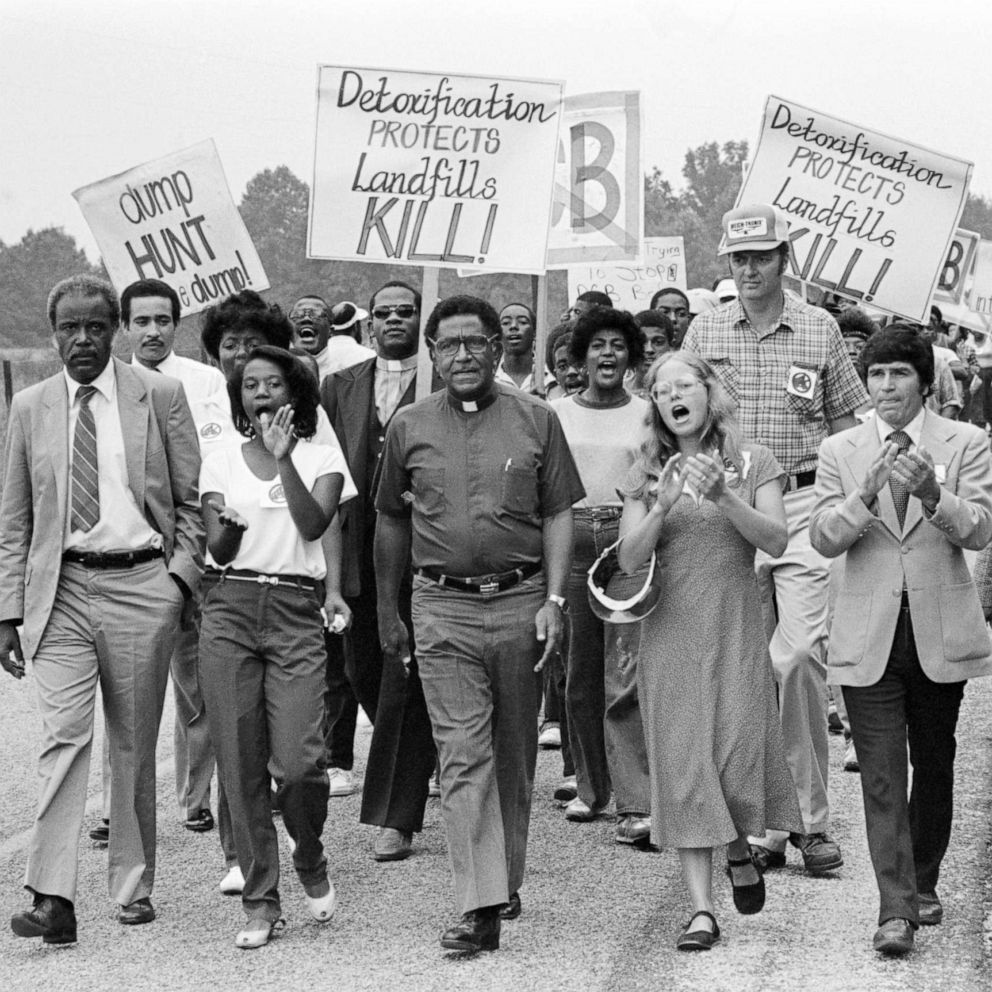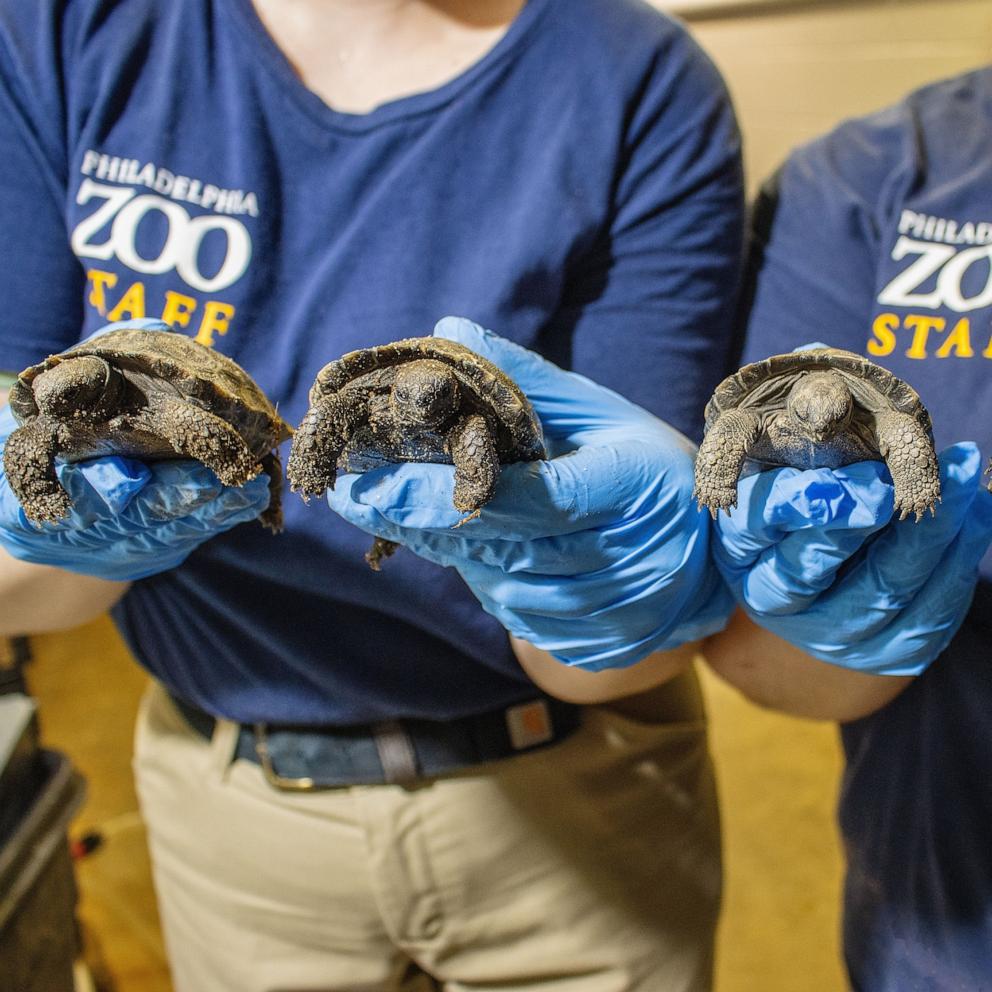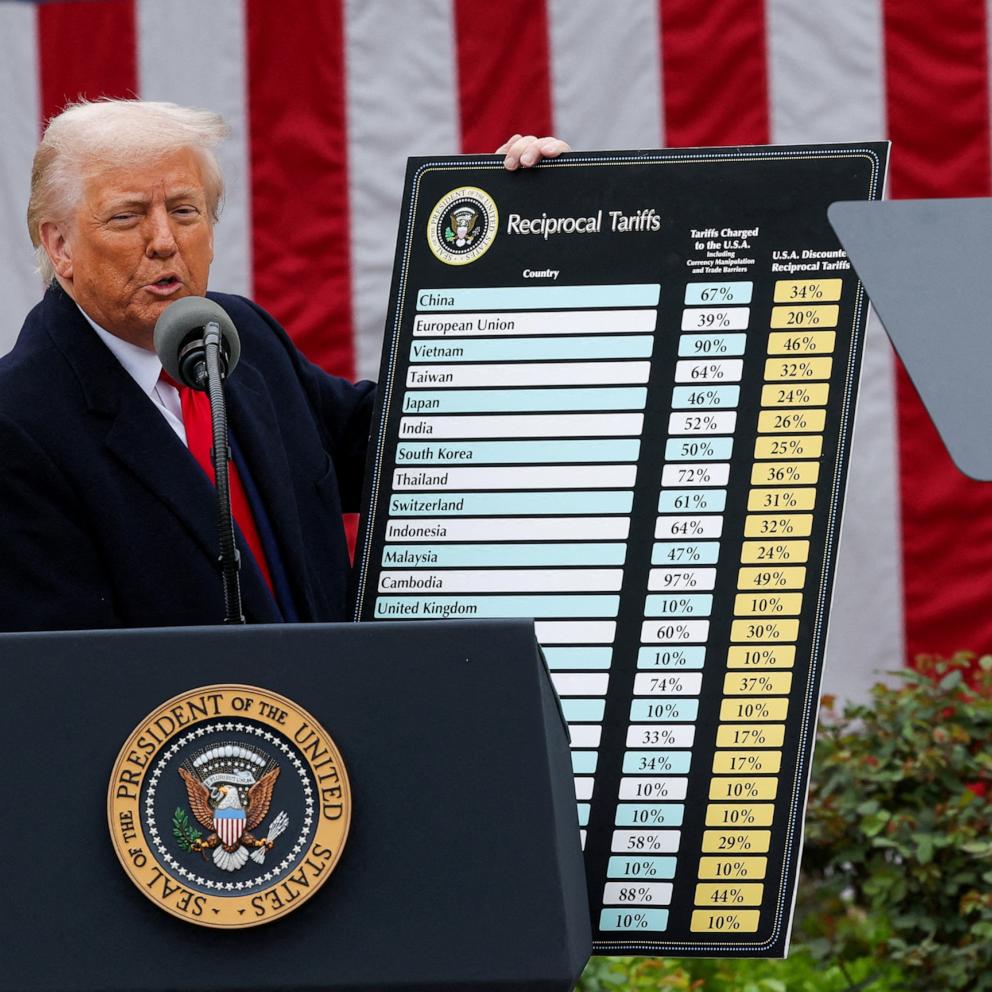5 myths about how you can help the environment
In a world that is increasingly online, misinformation spreads more easily. As society turns its focus to issues of sustainability and climate, it's more important than ever to make sure the correct information is available to everyone.
"GMA" spoke to several experts who work in fields surrounding the environment and environmental policy to find out what myths people believe that need to be debunked, and what we can do instead.
1. Alternative meat products are 100% better for the environment.
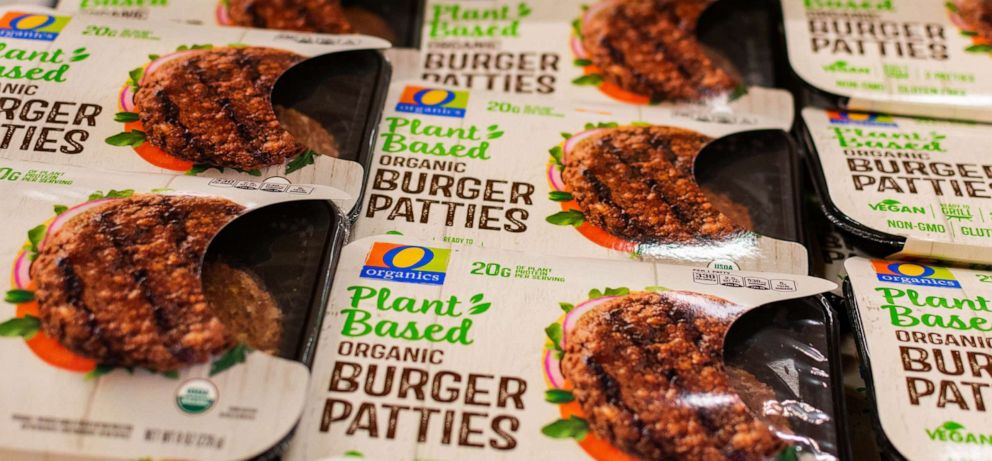
As the name suggests, alternative meat is meat that's not actual meat. Typically, they are proteins that are either plant-based or cell-based, and the difference is in how they're made. Examples of plant-based brands include Beyond Meat and Impossible Foods, with JUST Meat as an example of a cell-based one.
While they can be healthier than their counterparts, they're still processed foods and their actual impact on the environment is not entirely good.
According to a study published in Nature, cell-based meat has a larger rate of energy consumption than beef, pork and chicken, whereas plant-based meat alternatives have a higher rate than pork and chicken, but falls below beef.
In terms of greenhouse gas emissions, beef is still the No. 1 perpetrator. However, plant-based meat produces the same amount of emissions as pork, while cell-based produces more than pork, chicken and plant-based meat.
What we can do: Minimize our consumption. If you can't cut products out of your diet entirely, try to eat them in lesser amounts.
"We can imagine consuming in a way that reduces the environmental impact -- but doesn't eliminate it -- and do it at a higher level and do it in ways that satisfy us," Dr. Steve Cohen, a director at Columbia University's Earth Institute, told "Good Morning America."
His belief is that it's impossible for 8 billion people to operate on a planet without having an impact. Instead, we should focus on minimization.
"The question is, can we reduce the impact, so we don't destroy the place? And that I think we can do," he said.
2. The plastic we're recycling is actually being properly, and fully, recycled.
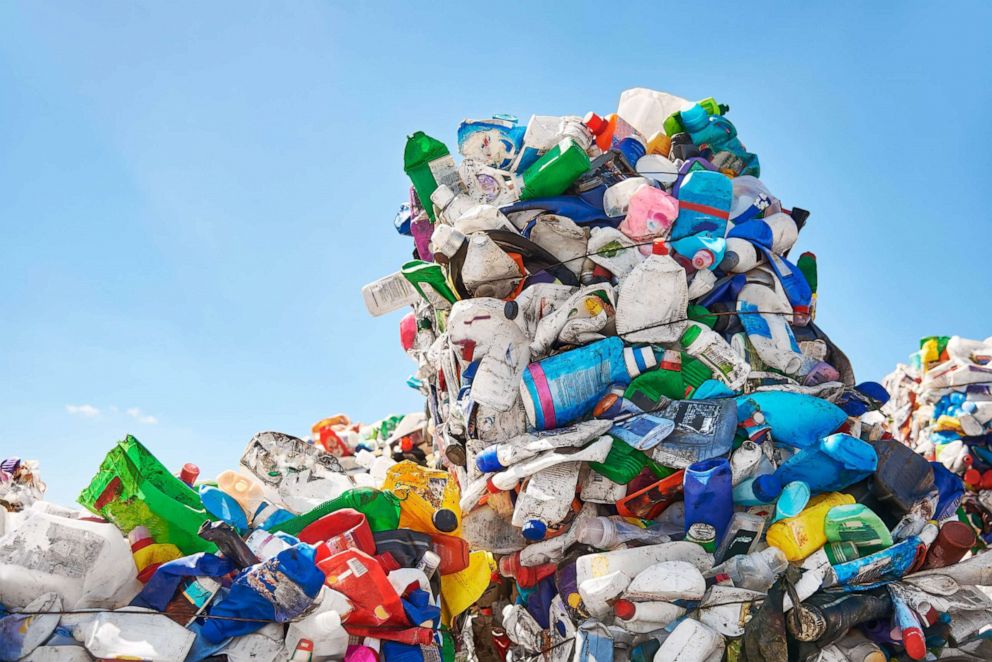
The Environmental Protection Agency found that 292.4 million tons of municipal solid waste was generated by Americans alone in 2018. Of that amount, 69 million tons were recycled and 25 million tons were composted.
Plastic accounted for 12.2% of that total waste, which is approximately 35.7 million tons. Breaking the recycled portion down, only 4.47% of that was plastic. That means that only 3 million tons of plastic were actually recycled, leaving around 32 million tons in landfills to be incinerated -- which happens more often than not with plastic.
"Recycling is like a placebo," Dr. Robin Bell, a geophysicist working with the Lamont-Doherty Earth Observatory, told "GMA."
A 2020 Greenpeace report found that only certain plastics can be labeled as recyclable; these include water and soda bottles, peanut butter jars, milk jugs, shampoo bottles and laundry detergent containers. Even then, if they're not properly cleaned out, they can't be recycled.
Common items touted as recyclable, though they can't be labeled as such in the United States, include to-go food containers.
What we can do: Continue recycling. It may seem counterintuitive in light of the above, but there are benefits. Individual behaviors correlate because they educate people and help them buy into the more important solutions, which tend to be more systemic.
"When you put something into recycling, you don't really know where it's going to go. But the behavior of thinking about recycling is very beneficial because it starts to educate people about what the human impact on the environment is and what it is that we're doing," Cohen said. "So I think it's important, even if it is mythological to some degree. It's actually educational and changes people's attitudes."
3. Switching over to an electric vehicle isn't greener or affordable.
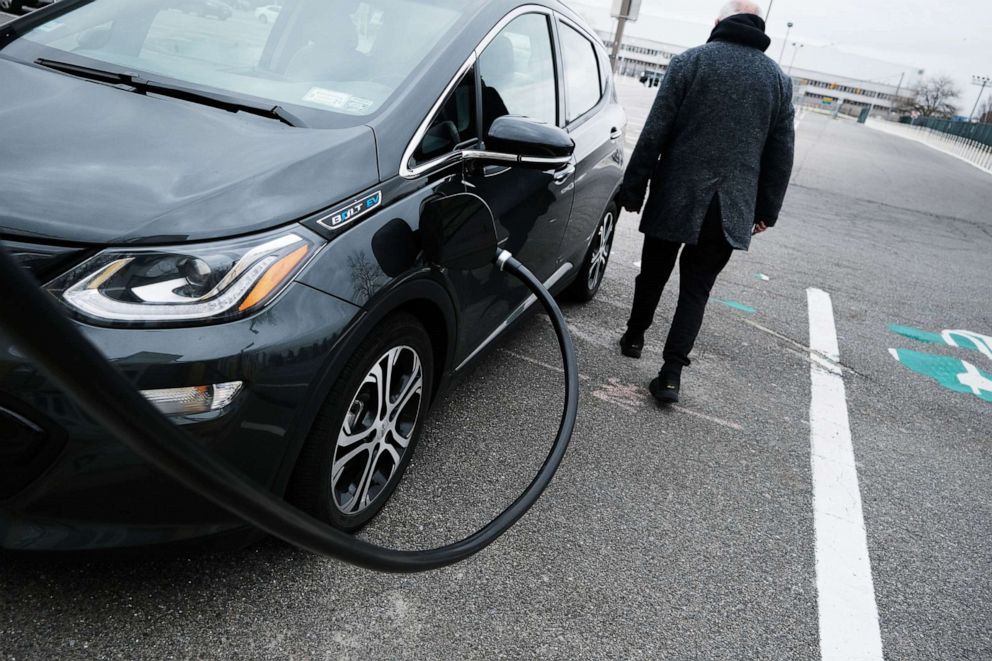
Critics of EVs say that they're not as green as proponents make them out to be, as they run on electricity that is produced through fossil fuels, which has led to the belief that making the switch to electric isn't worth it.
This line of thinking has been debunked through a myriad of studies. One in particular comes from a joint research effort by Cambridge, Exeter and Nijmegen universities, which found that EVs produce lower carbon emissions overall, regardless of how the electricity is generated. As it stands today, driving an EV is better for the environment than cars that run on gasoline in 95% of the world.
On the affordability front, Cohen explained that costs will go down as EVs become more mass produced. The fact that companies like General Motors are planning to mass produce EVs will make for lower costs and more people buying them.
EVs also have fewer moving parts than internal combustion engines -- which are used by non-EVs and other common modes of transportation -- and require much less operation and maintenance.
"Over the lifetime of even today's electric cars, they're cheaper. It's just that you have to make that initial capital outlay so it looks more expensive," Cohen said. "But that will change as more and more automobiles are made that way."
What we can do: While making the switch to an EV may be better for the environment, if it isn't a feasible option, using mass transit whenever possible will minimize your impact.
4. Using energy alternatives like solar panels is difficult, expensive and doesn't save as much energy in the long run.
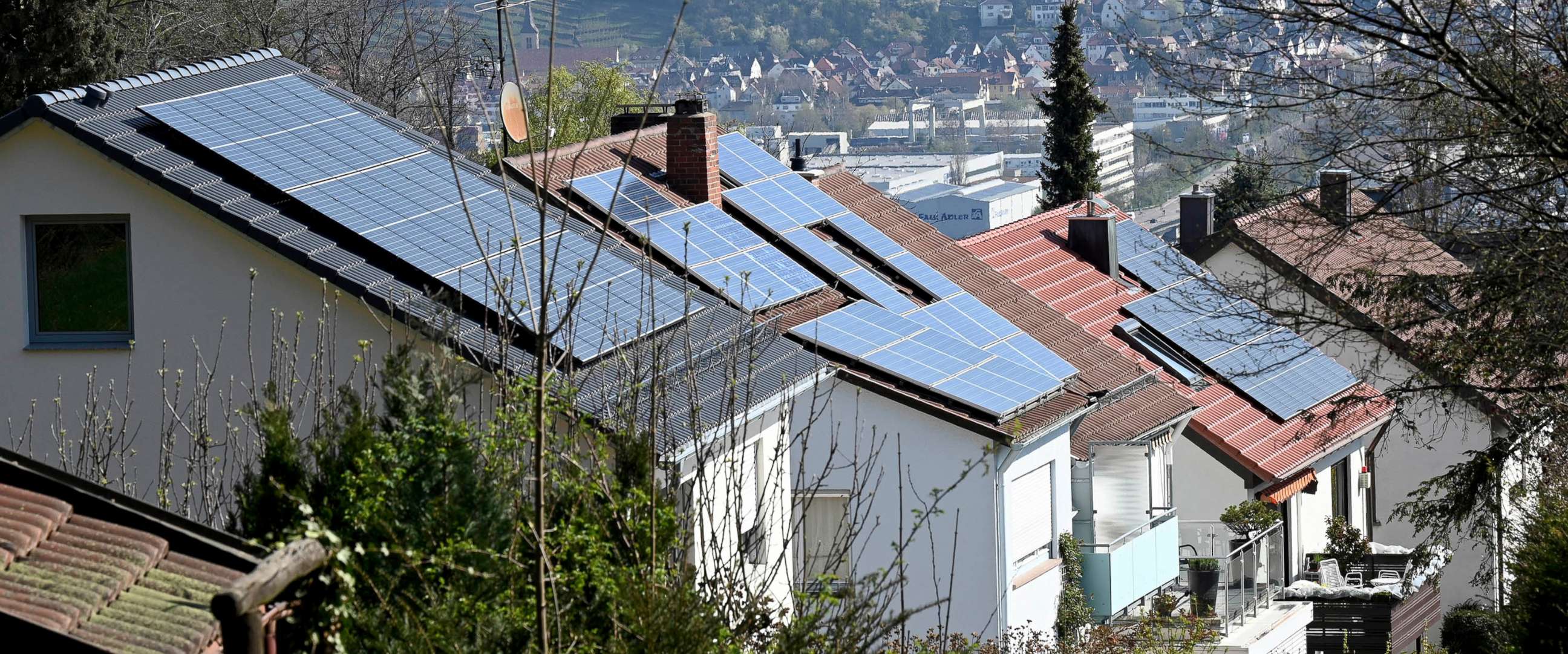
"One of the things that I run into all the time is this concept of renewables like wind and solar being unreliable. And I'm like, 'No, they're not unreliable, they're just variable,'" Dr. Melissa Lott, a senior research scholar at the Center on Global Energy Policy, told "GMA."
Bell has a similar line of thinking.
"One of the really easy things to do is make sure your electricity is renewable. For most places, that's something you can do in a 15-minute session in front of your computer. So why not?" she said. "That's going to make a much bigger impact than deciding for Earth Month you're going to start composting."
The start-up costs may be high, but it saves money long-term -- and, as with EVs, the cost will go down as it becomes the norm and further technological advancements are made. Prices are already steadily declining in comparison to that of electricity from fossil fuels.
What we can do: If installing solar panels isn't possible, look into community solar. Essentially, community solar is a solar power plant that's shared by multiple properties. So rather than installing something on your home individually, a solar installation will be placed somewhere in the area.
The electricity that's produced from a community solar plant becomes net metering credits that are then added to your electric bill. This process allows you to transfer electricity you don't use back into the grid in exchange for credit on your bill. How many credits you receive is based on the size of your share of the plant.
Bell acknowledged that this option will be a couple more cents per kilowatt, but it's more efficient to maintain a solar farm than solar on every roof. She advised going onto your utilities' website and looking for renewable energy options, where there should be some form of community solar listed.
5. Our own individual impact doesn't matter as much in the face of corporations that need to change.

It's no secret that corporations are some of the biggest offenders when it comes to contributions to climate change.
According to a report conducted by the CDP, a nonprofit that assists companies disclose their environmental impact, 100 energy companies -- such as ExxonMobile and Shell -- are responsible for 71% of industrial emissions.
Ceres, another nonprofit that works with market leaders on sustainability issues, found that some of the biggest names in the food and beverage sector -- such as Coca-Cola and Nestlé -- accounted for approximately 762.8 billion tons of carbon emissions, which is equivalent to "77.9 billion gallons of gasoline consumed or annual CO2 emissions from 178 coal-fired power plants."
What many people believe is that our individual impact has no real effect on the environment and it's solely the corporations that need to change. While it's true that companies as a whole need to overhaul their operations, what can be accomplished on an individual level is no less significant. Small changes in our day-to-day lives lead to even bigger changes, creating a domino effect that we don't even realize.
"A little thing at home can actually have a big impact across multiple parts of the system," Lott said.
What we can do: Companies supply the demand, so we have to look at our own habits and push for change from the places we support.
"You have to look and see where your individual impact is and where you can make a difference as an individual. Then you also have to look at what institutions you're involved with and push them for change. Your employer, your professional society -- we all are members or parts of those institutions, and we can push them. We have to figure out how to push our government on all scales -- everything from local, state, federal and international," Bell said.
Change won't occur overnight, but we have to start somewhere.
"Each one of us has different tools we can use to push but we have to not think that this is something somebody else is going to take care of, " Bell said.

